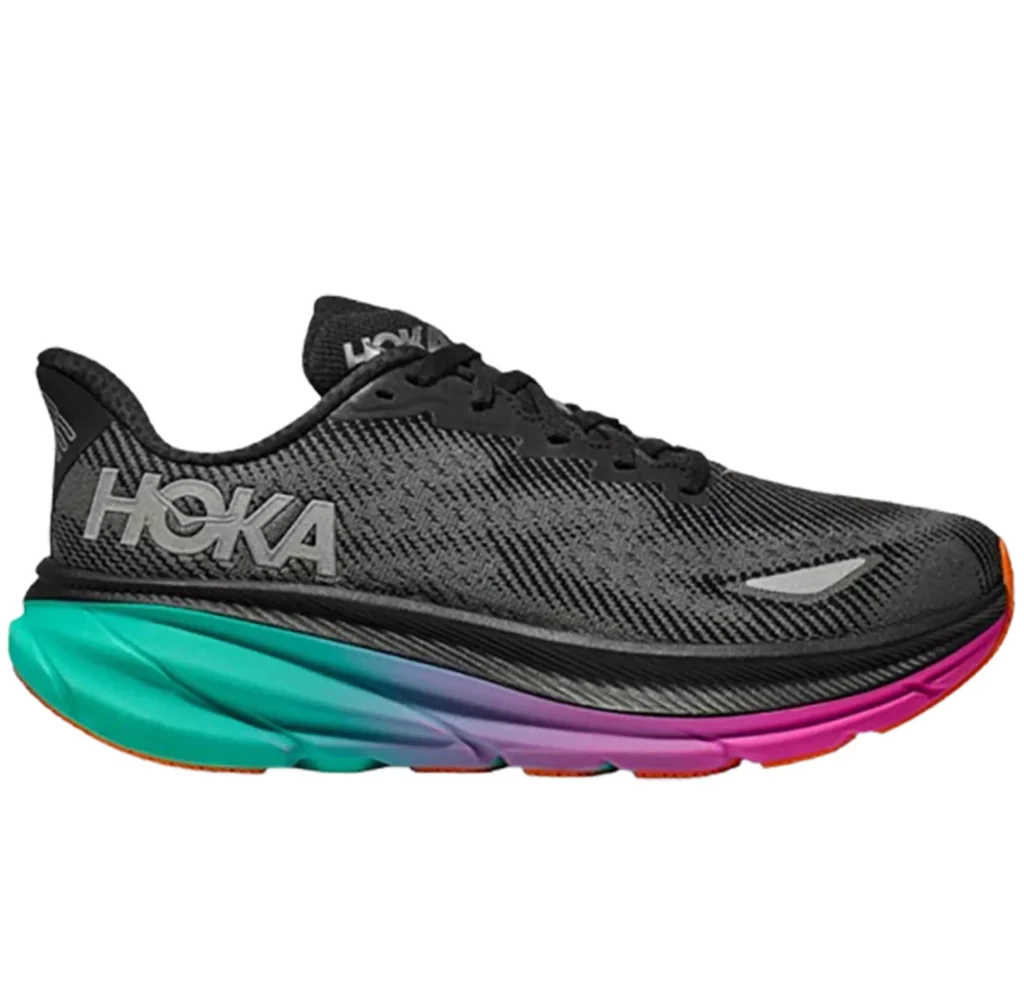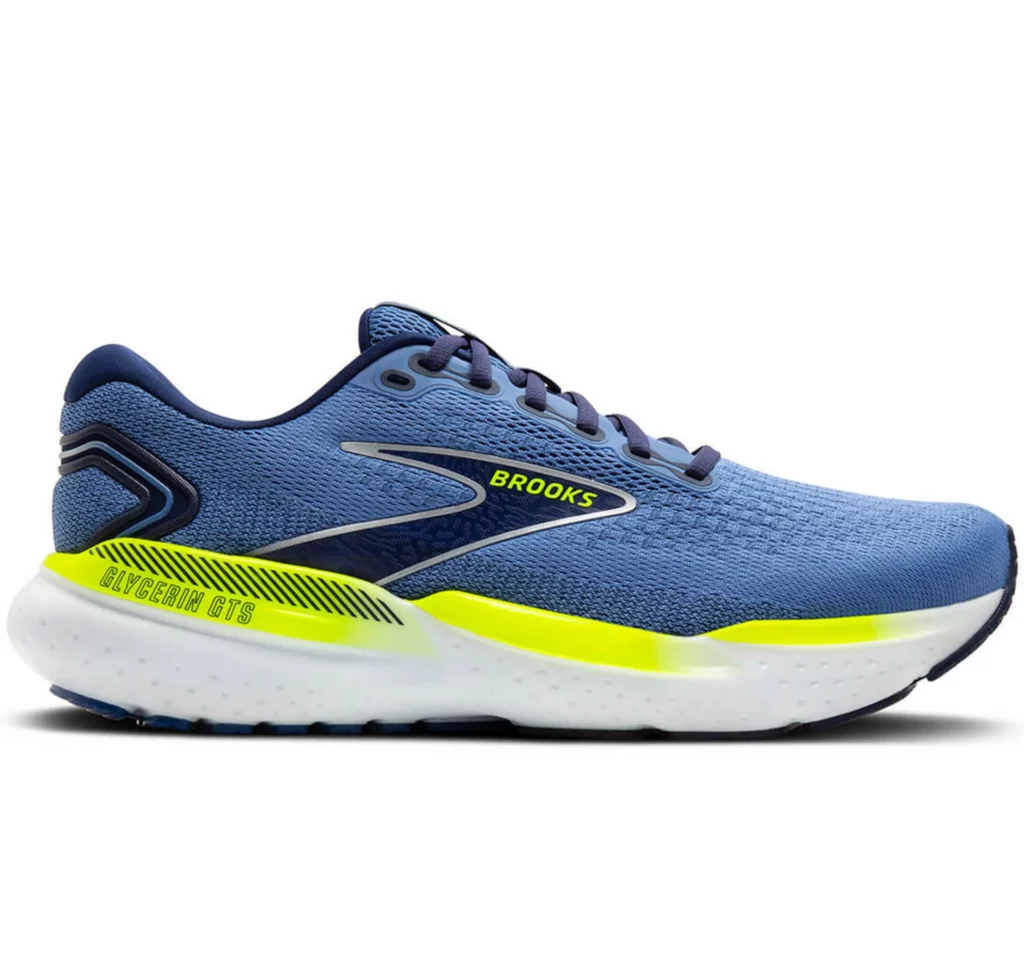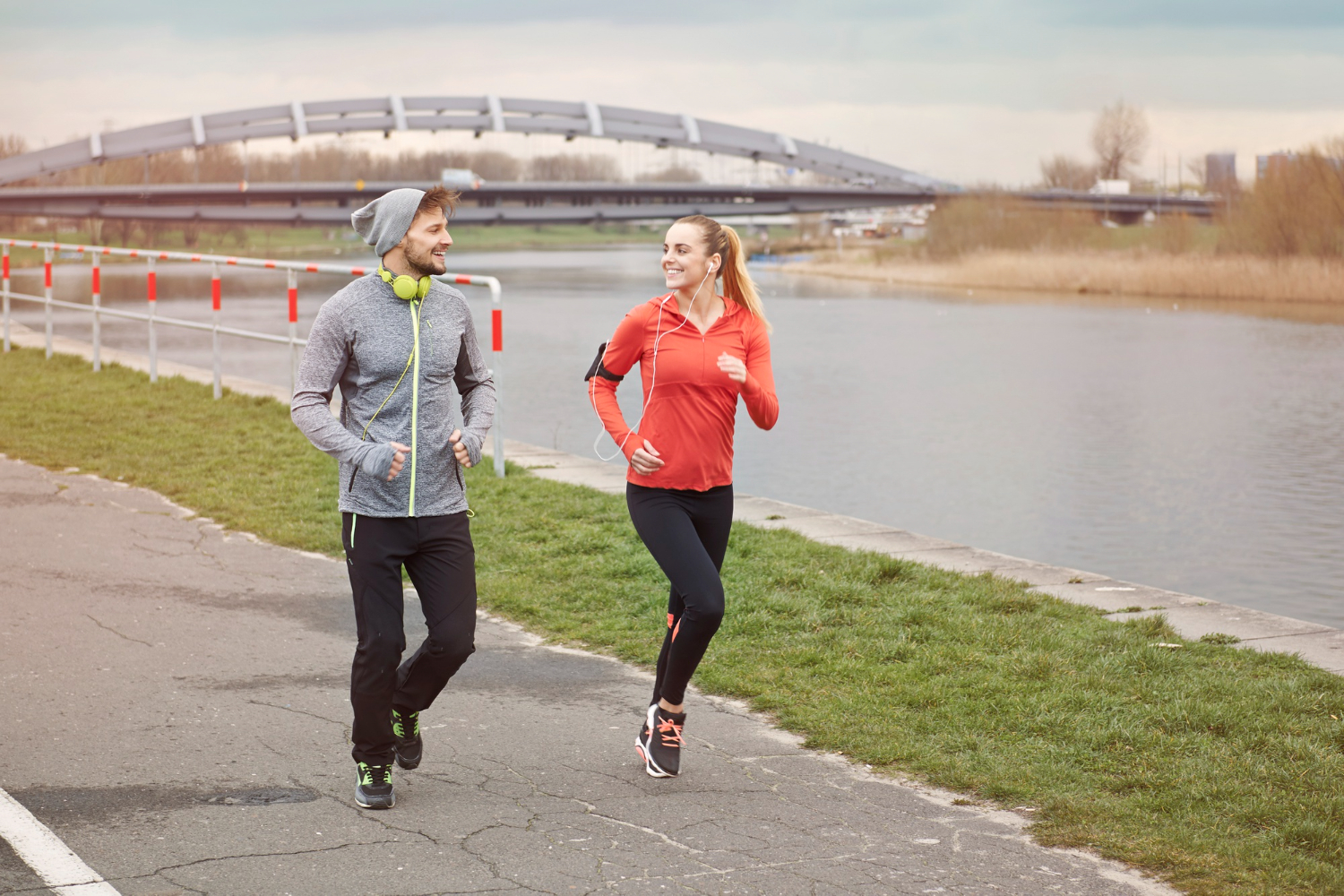Good quality running shoes that fit your feet properly will make a huge difference to how your feet feel when running and after you finish! It is essential to spend time choosing the right running shoes; caring for them correctly will help maintain them well. However, you should replace them when they are no longer performing at their best, and we will discuss how to recognise when it is the right time to do so.
Here at The Edge, we have an extensive range of running shoes for men and running shoes for women for you to try and our friendly staff team will always be happy to help you find the perfect fit. Pop in and visit us in-store or explore our online catalogue to find out more about the running shoes we recommend and discover how much difference great shoes can make to the health of your feet.
Running shoes last 300-500 miles
How Long Will A Pair Of Running Shoes Last? will depend on several factors, including the quality of the shoe, the way you run, the terrain you choose to run on and your body weight. The average lifespan of a pair of running shoes is 300-500 miles, or 480-800 kilometres, for optimum support and cushioning. After this, your shoes may not perform as effectively and this could put your feet at risk. Usually, your running shoes will last for around 4-6 months if you are a regular runner but this will depend on the mileage you accrue.

The length of time your shoes last will depend upon:
- How far did you run? If you run a lot, your shoes will naturally wear out faster and if you are running several times a week, you’ll find that you need to replace them sooner. If you regularly run long distances, your shoes will wear out sooner than if you are running shorter distances or training only occasionally. If you are taking part in endurance training or running marathons, you may go through several pairs of running shoes in the course of your training and you may find that alternating shoes gives you the best performance. Take advice from professionals, such as our team at The Edge, to find the best options for your challenges and you’ll certainly feel the difference!
- Where you run. The type of running you do will make a big difference to the longevity of your shoes, and road running will usually cause them to wear out faster than trail running. Running on hard surfaces can also put pressure on the joints so a greater degree of cushioning in your running shoes is crucial to protect your feet from painful conditions such as Plantar Fasciitis. If you are running on trails, you may not need quite as much cushioning in your shoes and they may last a little longer than road running shoes. If you run indoors, on a treadmill, you may find that your shoes last longer.
- The way you run. The way your feet hit the ground when you are running can have an impact on the longevity of your shoes as well as on the health of your feet. It is important to find running shoes that suit your gait, especially if you tend to overpronate or supinate as you run. Overpronation occurs when the feet roll inwards, and supination is the term used if the feet roll outwards. This can lead to additional wear in some parts of your shoes and can mean that they need replacing sooner. Your foot strike is another aspect to consider, analysing where the foot lands when you run and noticing how this affects your shoes. For example, if your heels hit the ground first when you are running, the heel area of your shoe may wear out more quickly.
- What your shoes are made of. Quality running shoes will last longer and keep your feet in better shape than budget versions, but it is also important to pay attention to the materials used in your shoes and the way they are constructed. You will see many different training shoes that make use of the latest technology and these will help to protect your feet as you run as well as ensure that your shoes perform well for as long as possible.
Your feet are as unique as you are so it is well worth investing the time in finding the right pair of shoes and caring for them properly to get the best performance from them.

When to replace your running shoes
You can’t rely on mileage alone to work out when to replace your running shoes, as the variables above will have a big influence on their longevity. Look out for the following signs that you need to replace your shoes:
- Pain in your feet. Of course, the biggest red flag for your training shoes is pain in your feet and it’s really important to pay attention instead of ignoring this! If your feet are painful in new running shoes, these are not well suited to your feet and you should not run in them. However, if they have been comfortable running companions for many miles and your feet are just starting to hurt or you are experiencing new pains in the knees, hips or back, this is a good sign that your shoes are not giving you enough support anymore.
- Worn tread. The tread is on the underneath of your running shoes and should be in good condition to protect your feet from the risk of slipping or tripping while you are running, as well as giving you good traction. If your tread looks worn, you should invest in new running shoes to protect your feet as you continue your running routine.
- Damage to the midsole. If the foam in the middle of the sole of your running shoes becomes damaged or compressed, it will not perform as well as it should. Look for any creases or areas of damage to the midsole foam and ensure that it still bounces back before you use your running shoes, replacing them if they are not providing the level of protection and support you need.
- Reduced cushioning. The cushioning in your running shoes should support your feet in all the right places, and as this wears out, you will notice that you can feel the impact as your feet hit the floor more than you could when your shoes were new. This means that the cushioning is no longer functioning well and you should replace your running shoes.
- Uneven wear. Your running shoes should protect your feet while you are running and if they are wearing unevenly, this is a good sign that they are not adequately supporting you and that perhaps you should consider a different type of shoe in the future. This might indicate that the unique shape of your foot is not well suited to the shape of the shoes you have been running in, and trying a different option may lead to more comfortable, safer running.
You may be able to extend the life of your running shoes by wearing them less frequently. For example, if you run every day, you may find that alternating between two pairs of running shoes allows the shoes enough time to properly decompress between runs and you will get much better performance from them. Ensure your running shoes are only worn for running, and look after them correctly to ensure their longevity. Shoes should be cleaned according to the manufacturer’s instructions and you should never leave your shoes wet as this will lead to a build-up of bacteria as well as damaging the fabric of the shoes.
The Best Running Shoes in Ireland
Our extensive range of running shoes includes options for trail running, road running and track running and we will be happy to help you find the best fit for your feet. We also have an excellent range of running clothing for men and running clothing for women, and all the accessories you need to make the most of your favourite way to exercise. You can order online or visit us in-store to see our selection of running jackets, running trousers, running leggings, running tops and running socks, as well as the latest running shoes that will transform the way your feet feel as you run.
At The Edge, we have a wide range of outdoor adventure equipment, including everything you need for biking, swimming, running and surfing. We stock mountain bikes, electric bikes, traditional road bikes and hybrid bikes, as well as surfboards, wetsuits and triathlon kits. Visit our website to find out more or pop into our store and meet our experienced team.




